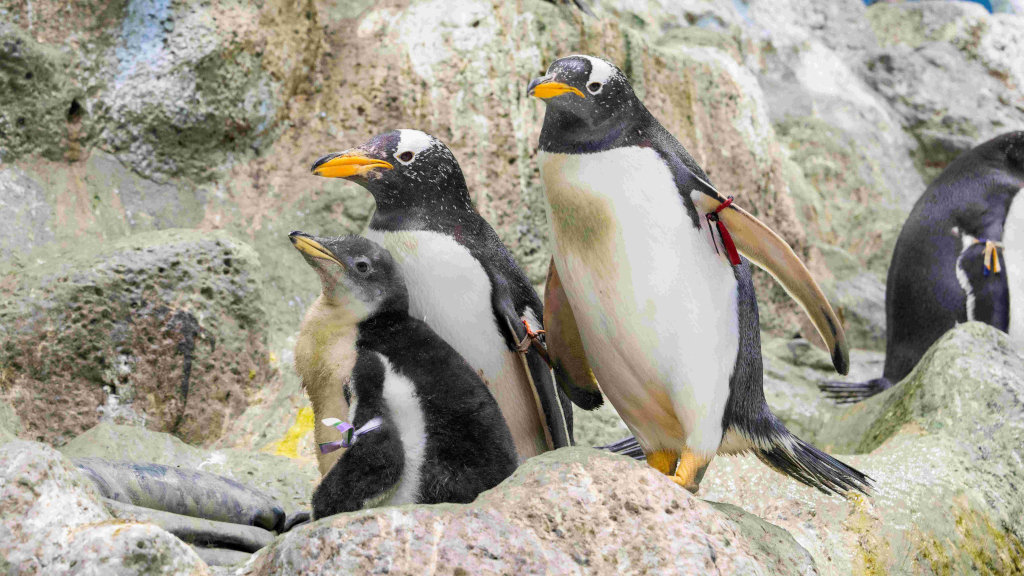The animal, which reached almost 40 years of age, twice the life expectancy in the wild, was registered in the international ZIMS system of Species360 and became an ambassador for its species at a critical moment for Antarctic ecosystems.
Loro Parque has said goodbye to one of the most special animals in its history, the longest-living gentoo penguin (Pygoscelis papua) in Europe registered under human care, which passed away this week at 39 years and 11 months. An extraordinary age that doubles the species’ estimated life expectancy in the wild, which ranges between 15 and 20 years.
The penguin was formally registered in ZIMS (Zoological Information Management System), the global database managed by Species360, used by thousands of zoological institutions and aquariums around the world. This system allows for rigorous documentation of each individual’s medical, genetic and behavioural history, reinforcing the standards of transparency, traceability and animal welfare that characterise Loro Parque.
For nearly four decades, this penguin was an essential part of Planet Penguin, one of the most advanced penguin habitats in the world, and became a living testament to the Park’s commitment to professional care, conservation and environmental education.
The scientific director of the Loro Parque Foundation, Rafael Zamora, pointed out that “in modern zoos and aquariums such as Loro Parque, penguins are protected from the numerous threats they face in the wild. Problems such as global warming have greatly deteriorated their habitats, putting the future of these species at risk.”
The global situation is alarming: eleven of the world’s eighteen penguin species are currently threatened, according to the IUCN Red List. Antarctica has suffered an unprecedented reduction in sea ice, compromising breeding platforms and the availability of krill, a staple food for these birds.
In this scenario, the exceptionally long life of this specimen takes on great importance, highlighting the role of institutions such as Loro Parque in protecting vulnerable species and generating scientific knowledge shared internationally through platforms such as ZIMS.
Planet Penguin is home to four penguin species: emperor, gentoo, chinstrap and Humboldt, housed in facilities that faithfully replicate their natural habitat, with seasonal lighting systems, continuously generated ice and controlled environmental parameters.
The head of Planet Penguin, Almudena González, emphasised that ‘here we provide them with an ideal environment for them to develop their natural behaviours, protected from the dangers they would face in the wild’.
The penguin’s complete life history, including its growth, health, behaviour and longevity, was documented in ZIMS, ensuring that its legacy will contribute to future research and to the continuous improvement of animal welfare in conservation centres worldwide.
For many visitors, this penguin was a symbol of Loro Parque, an animal that accompanied several generations and awakened in thousands of people a lasting interest in nature and the protection of polar ecosystems.
His passing honours not only an extraordinary animal, but also the park’s ongoing commitment to conservation, science and animal welfare, pillars that will continue to guide its work for the benefit of global biodiversity.












